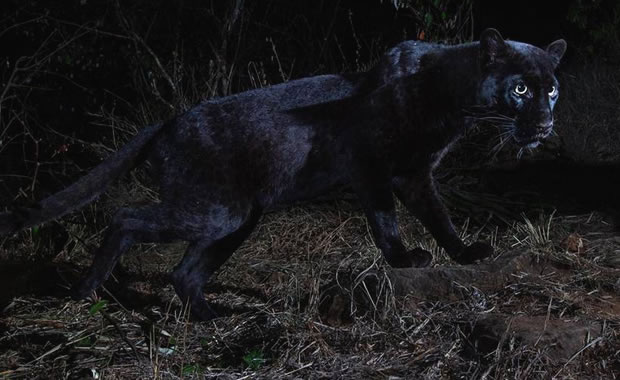Phrynopus spp.
Creature Facts
Group:
Amphibians
Area(s) Where Listed As Endangered:
Peru
Status/Date(s) Listed as Endangered:
| Scientific Name | Status | Listing Date | Range | |
| 1. | Phrynopus barthlenae | VU-IUCN | 2004 | Peru |
| 2. | Phrynopus bracki | EN-IUCN | 2004 | Peru |
| 3. | Phrynopus dagmarae | CR-IUCN | 2004 | Peru |
| 4. | Phrynopus heimorum | CR-IUCN | 2004 | Peru |
| 5. | Phrynopus horstpauli | VU-IUCN | 2008 | Peru |
| 6. | Phrynopus juninensis | CR-IUCN | 2004 | Peru |
| 7. | Phrynopus kauneorum | CR-IUCN | 2004 | Peru |
| 8. | Phrynopus montium | EN-IUCN | 2004 | Peru |
| 9. | Phrynopus tautzorum | CR-IUCN | 2008 | Peru |
Species/Common Names:
| Phrynopus barthlenae |
| Phrynopus bracki |
| Brack's Andes Frog |
| Phrynopus dagmarae |
| Phrynopus heimorum |
| Phrynopus horstpauli |
| Phrynopus juninensis |
| Junin Andes Frog |
| Phrynopus kauneorum |
| Phrynopus montium |
| Cascas Andes Frog |
| Phrynopus tautzorum |
Facts Summary:
Phrynopus is a genus of amphibians of concern and found in the following area(s): Peru.
Phrynopus spp. Facts Last Updated:
January 1, 2016
January 1, 2016
To Cite This Page:
Glenn, C. R. 2006. "Earth's Endangered Creatures - Phrynopus spp. Facts" (Online). Accessed 4/18/2024 at http://earthsendangered.com/profile.asp?sp=4922&ID=11.
Glenn, C. R. 2006. "Earth's Endangered Creatures - Phrynopus spp. Facts" (Online). Accessed 4/18/2024 at http://earthsendangered.com/profile.asp?sp=4922&ID=11.
Need more Phrynopus spp. facts?

Custom Search


